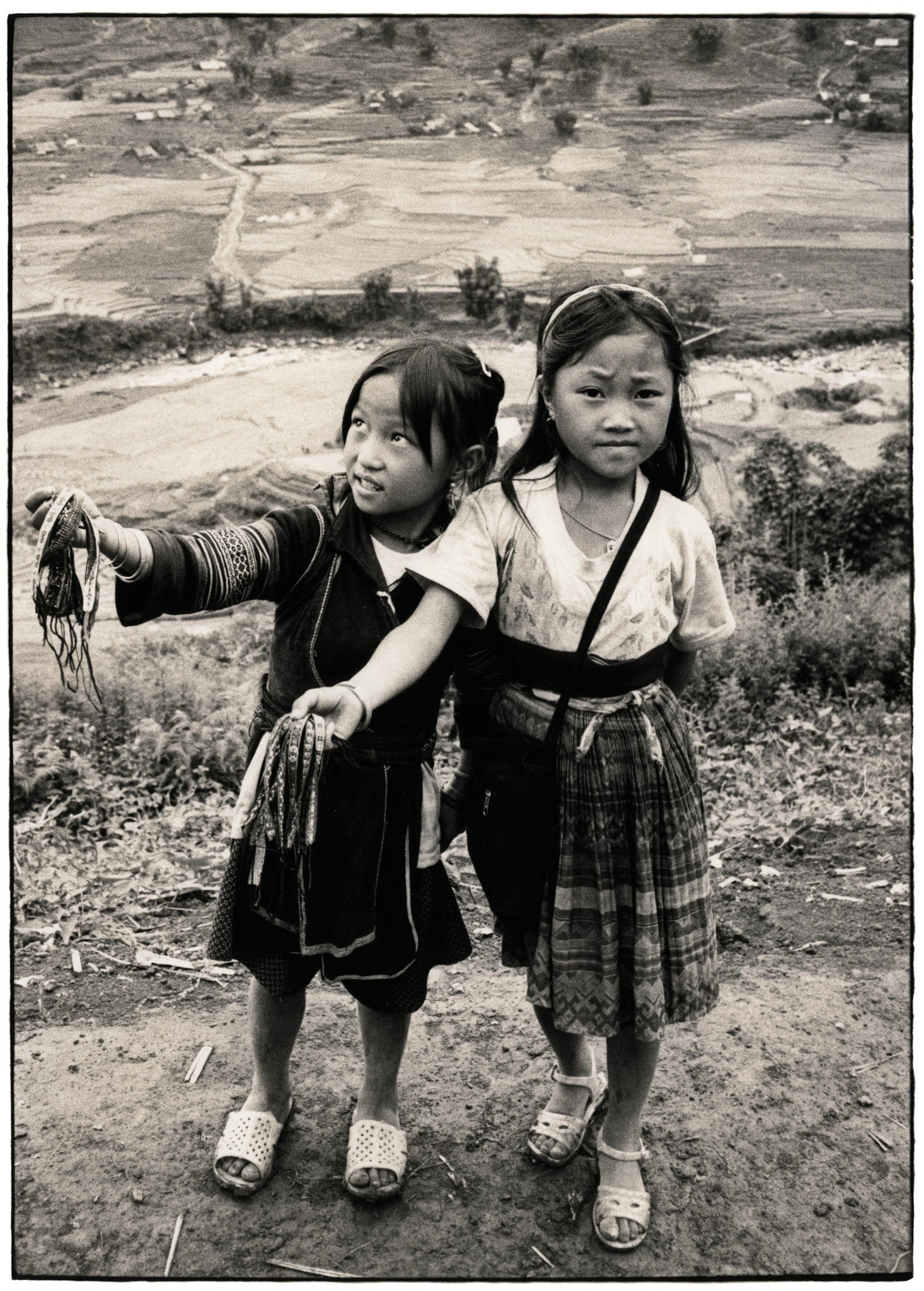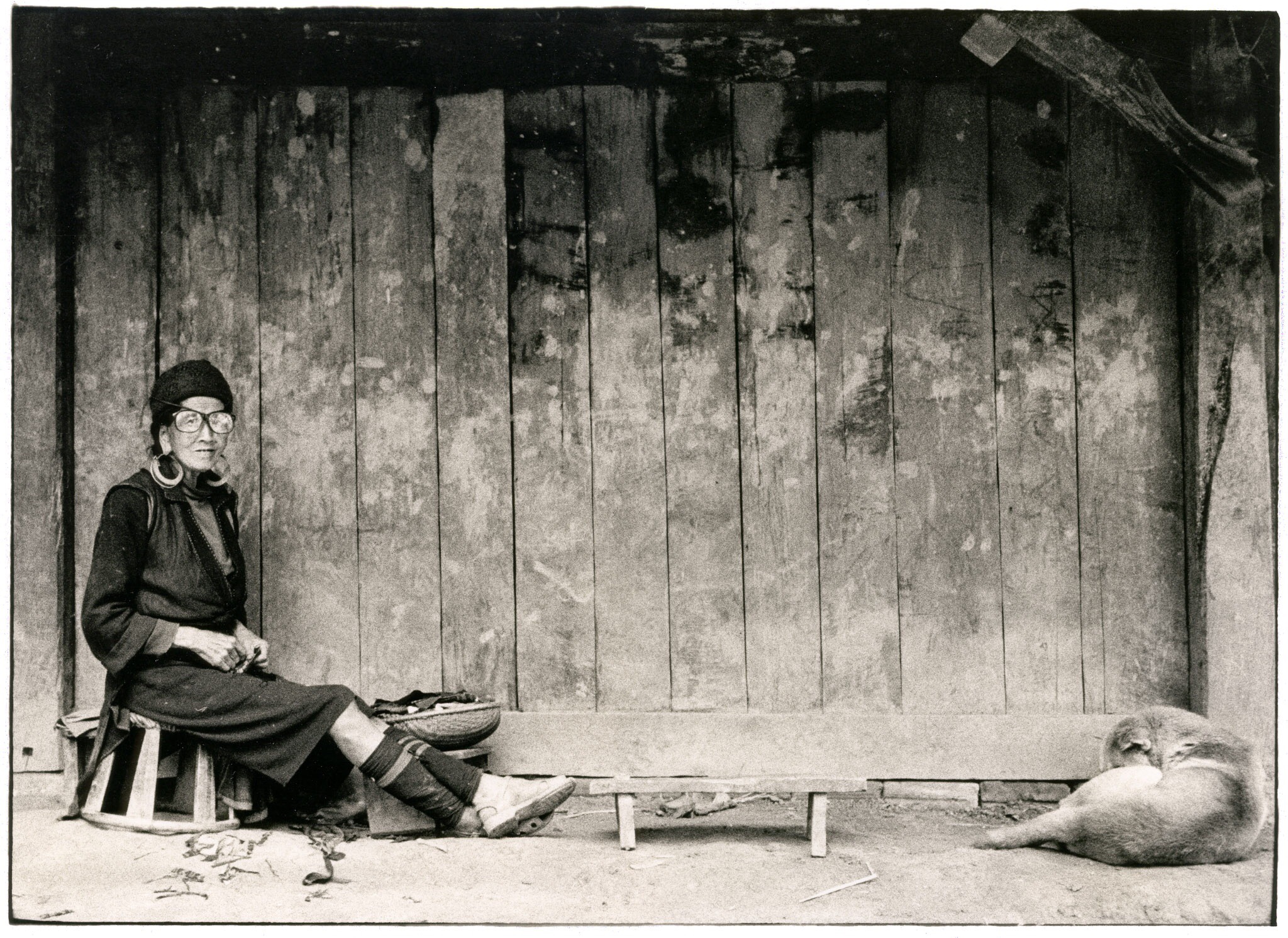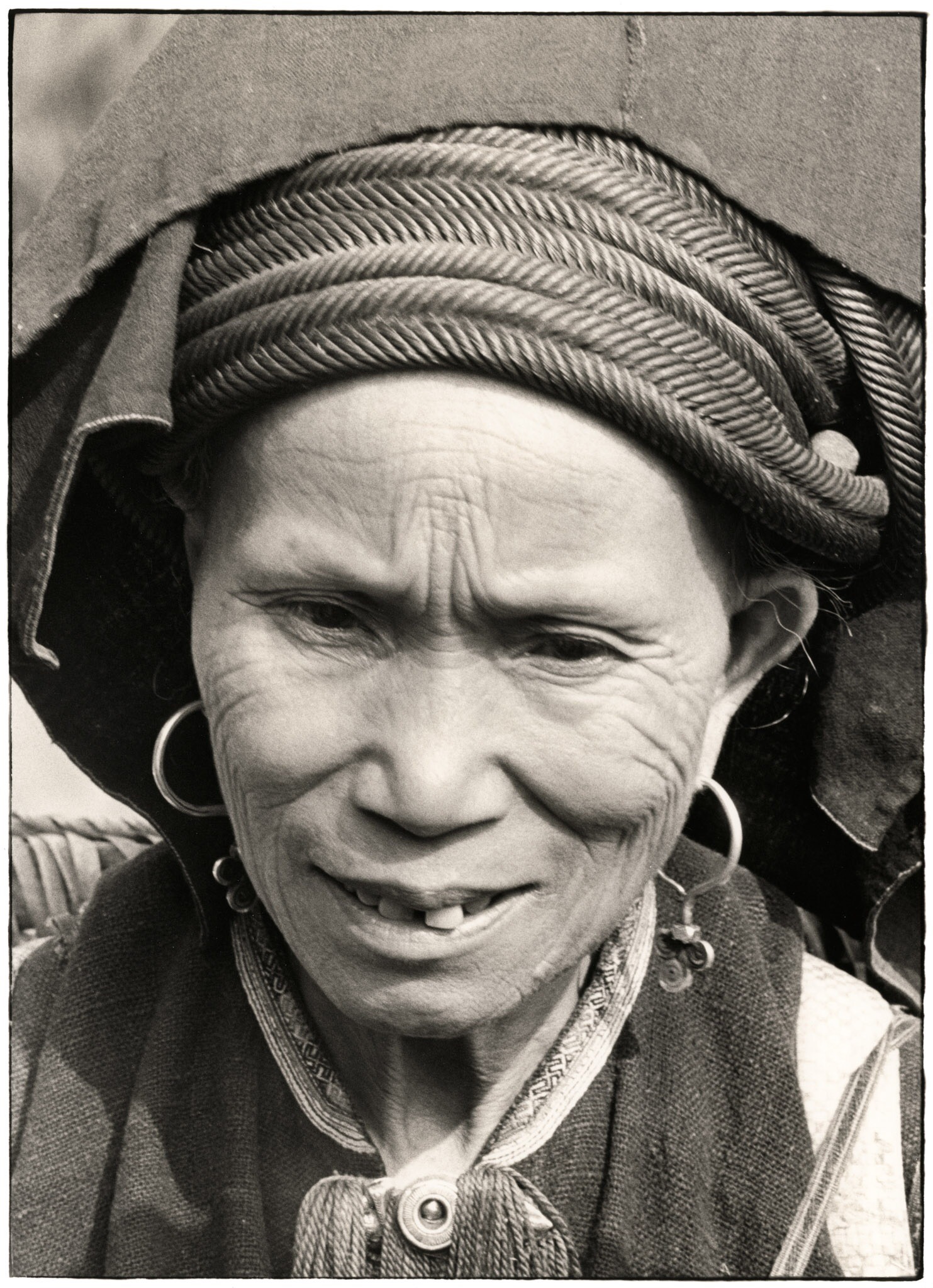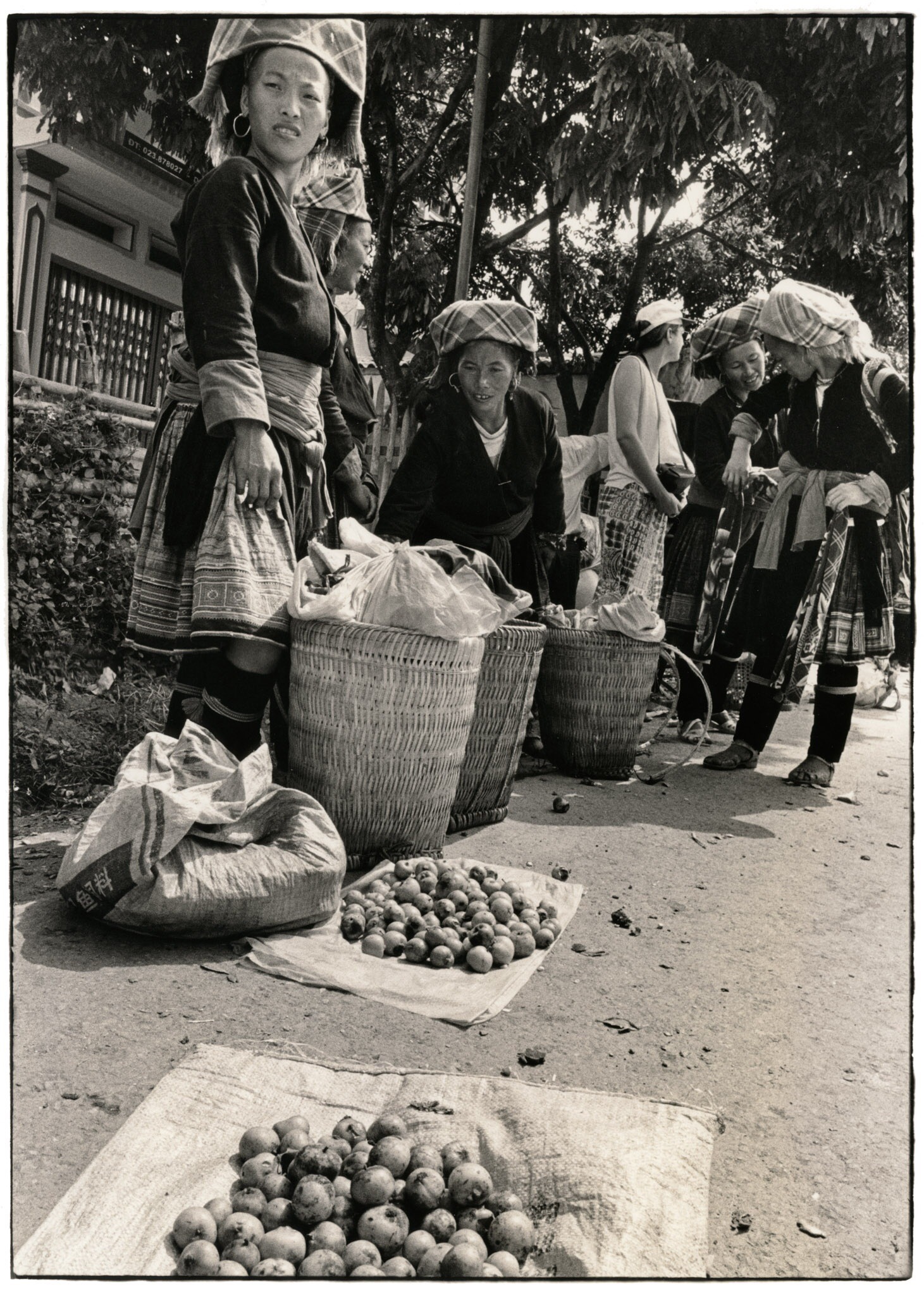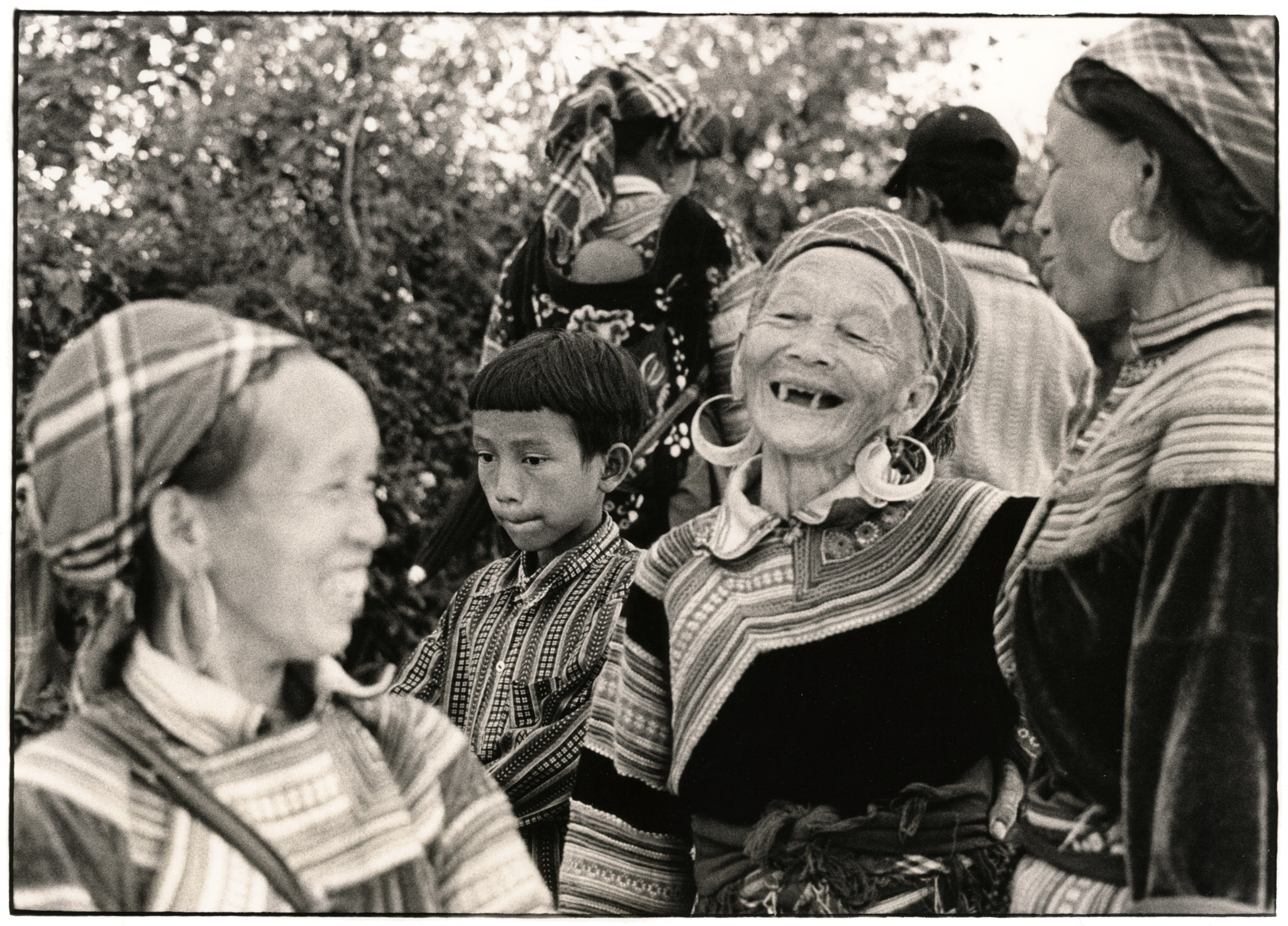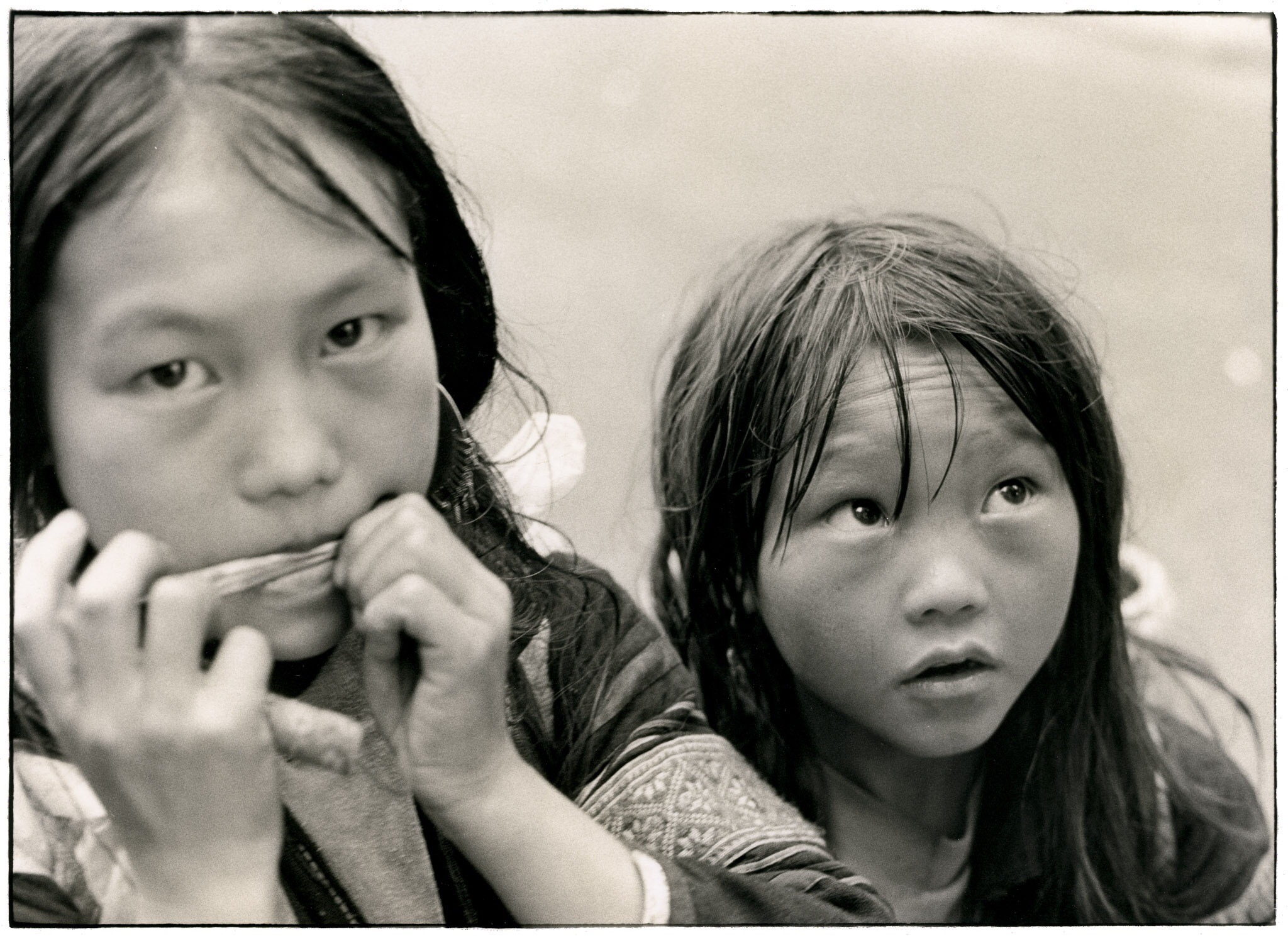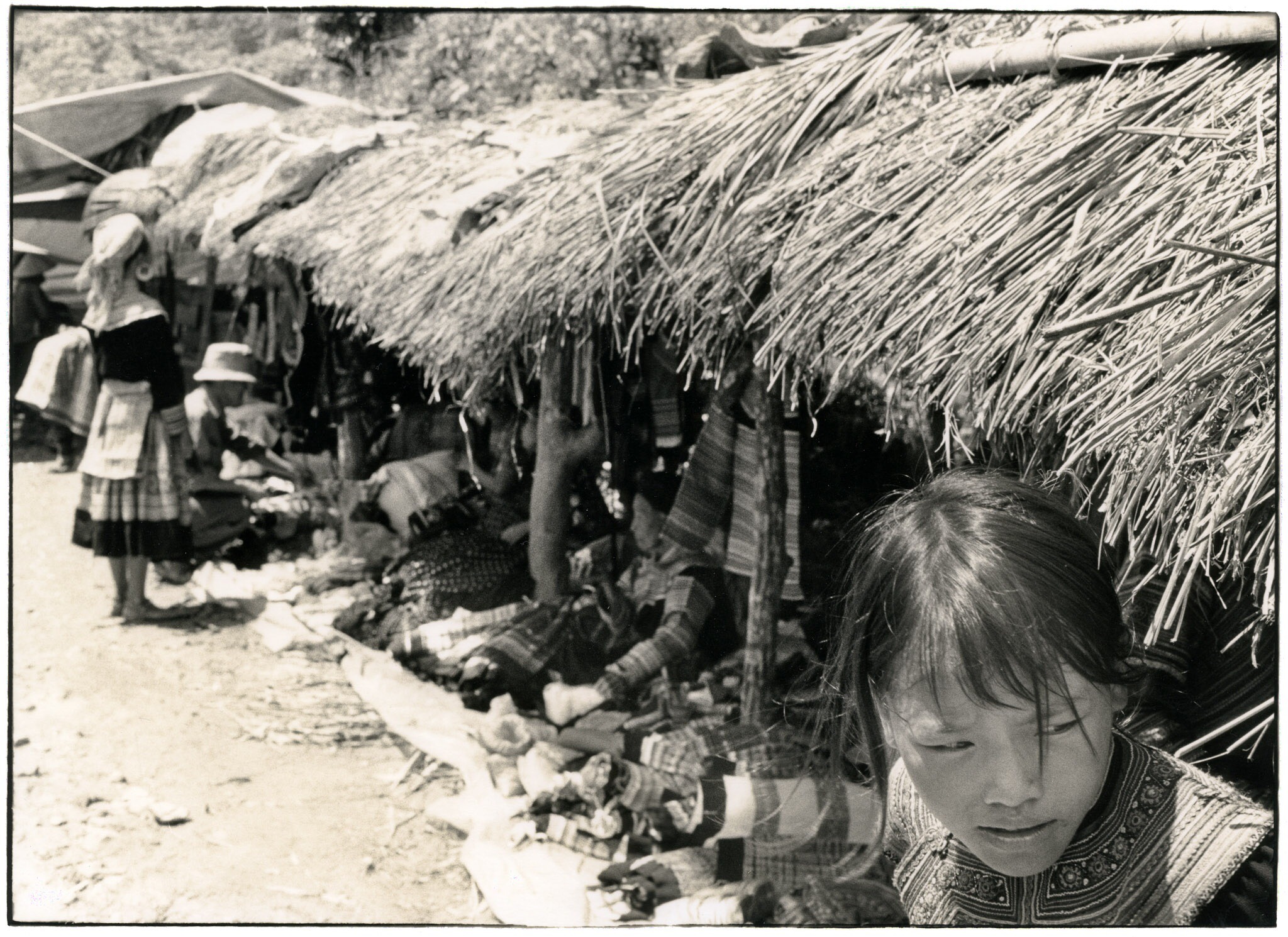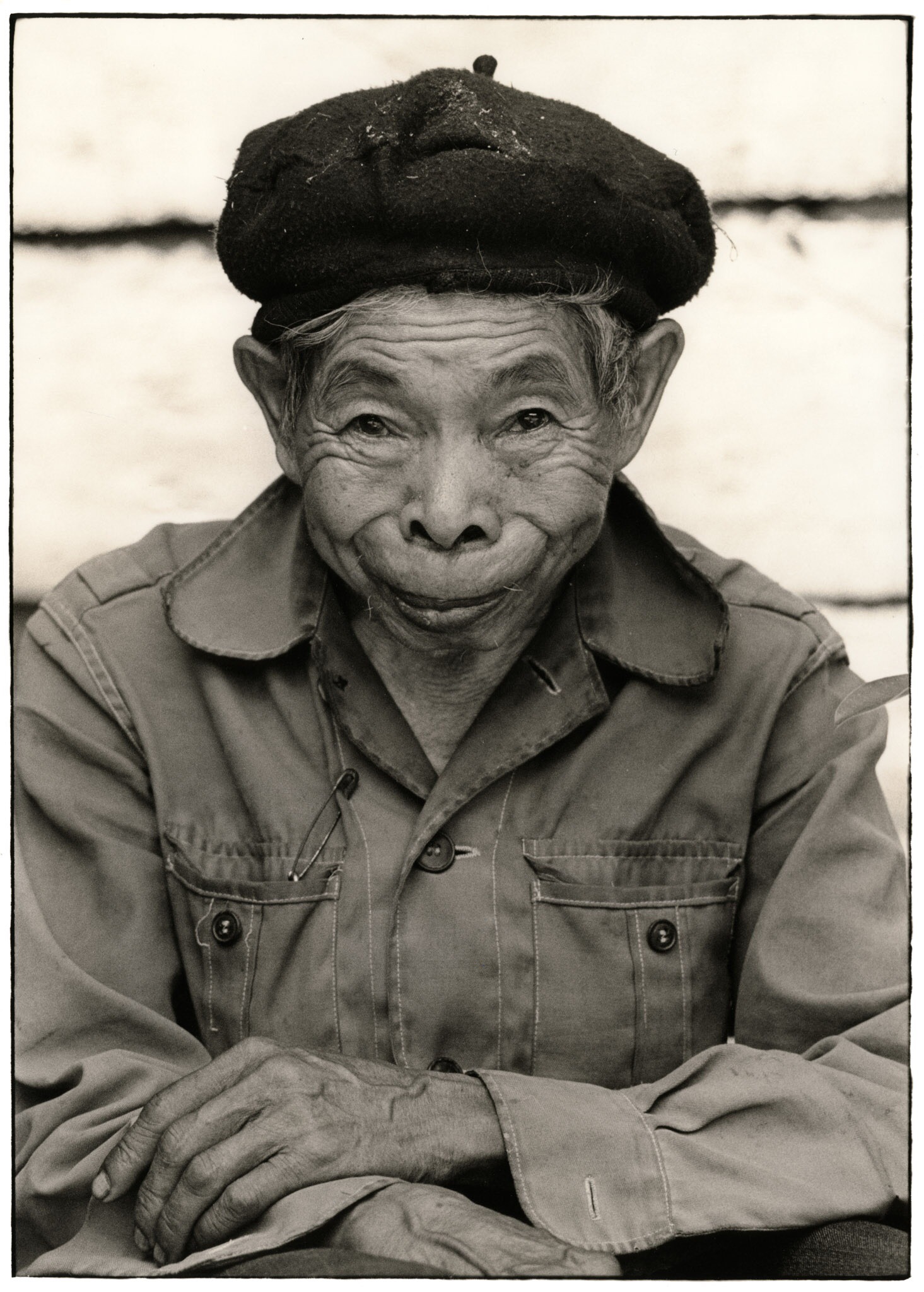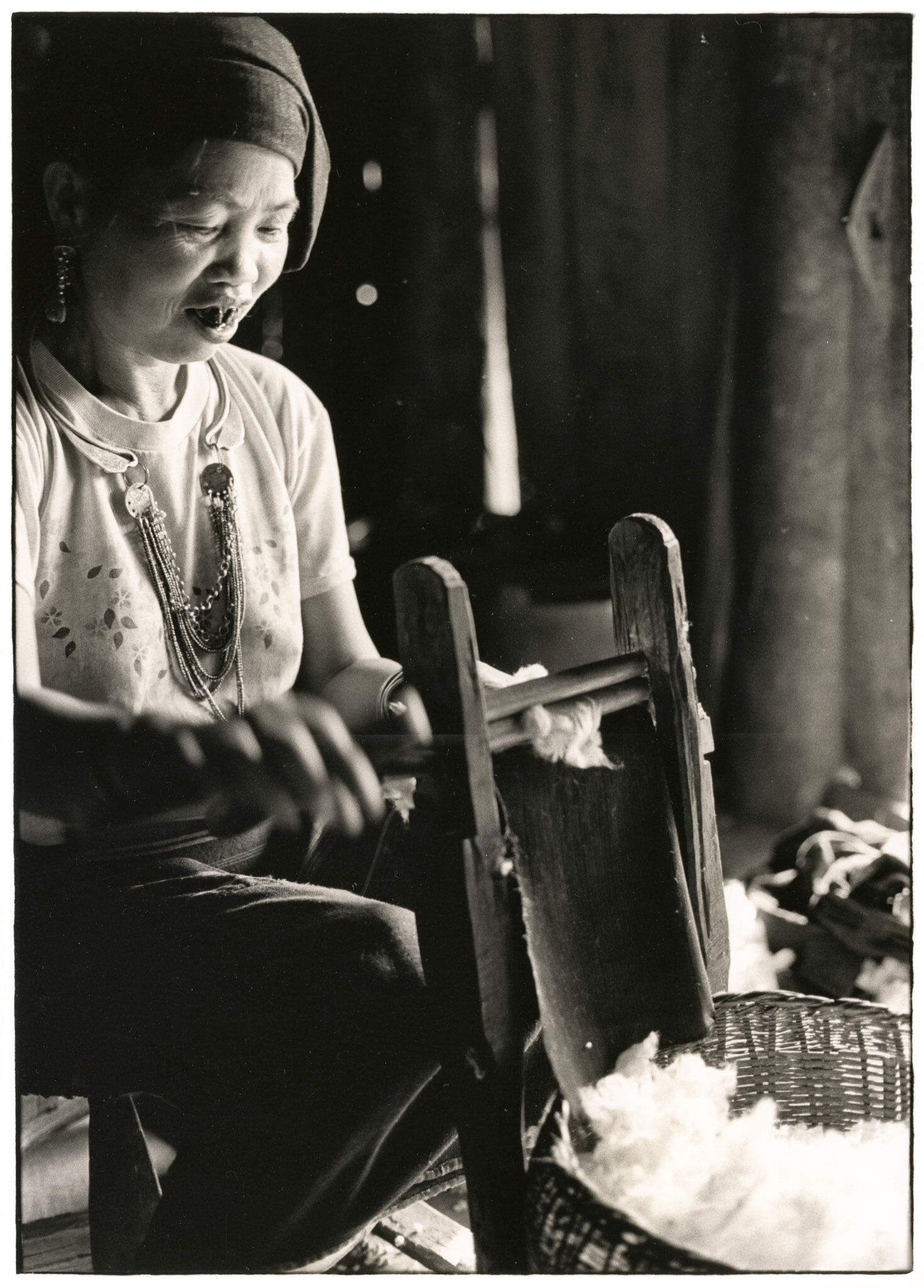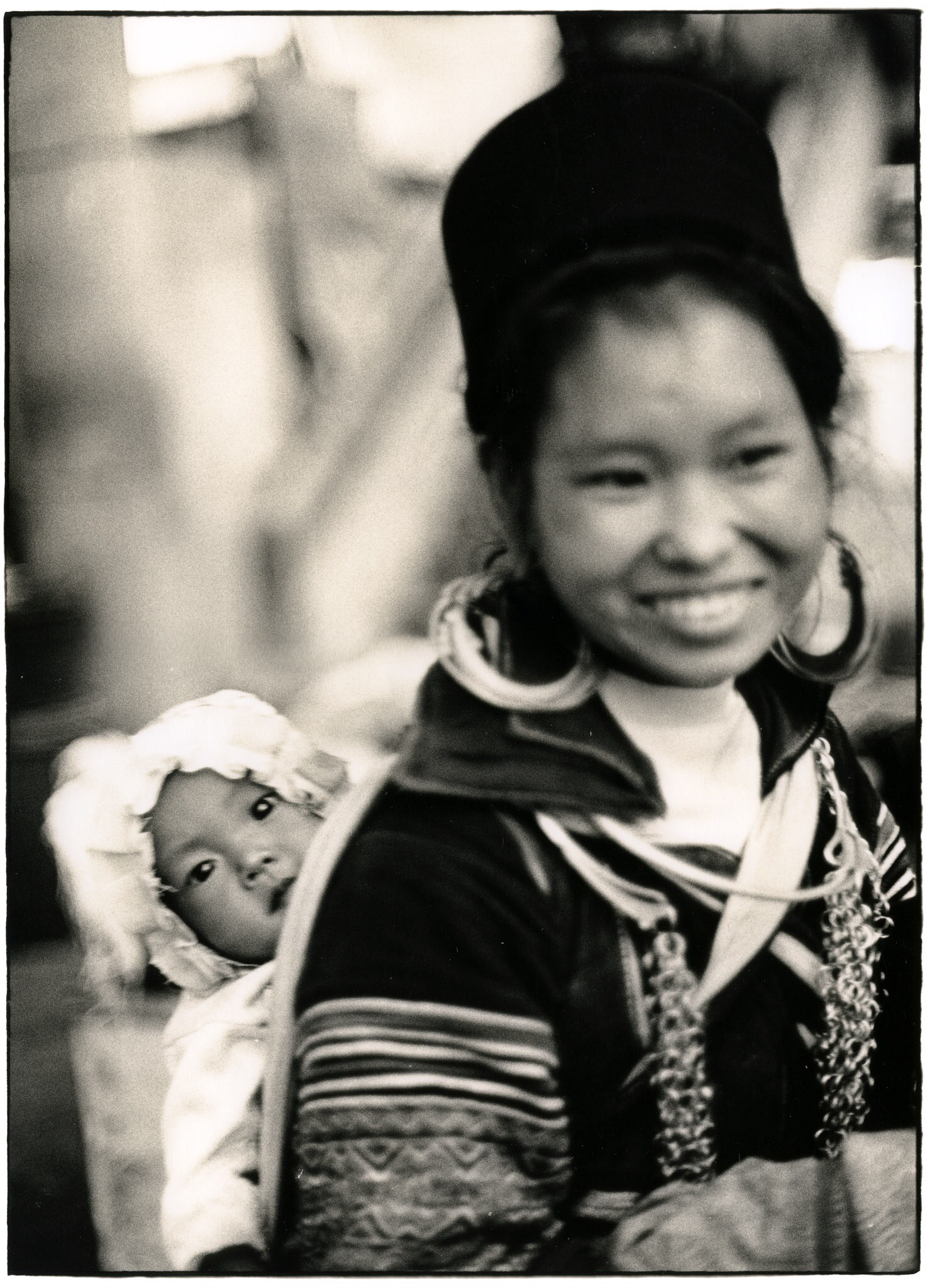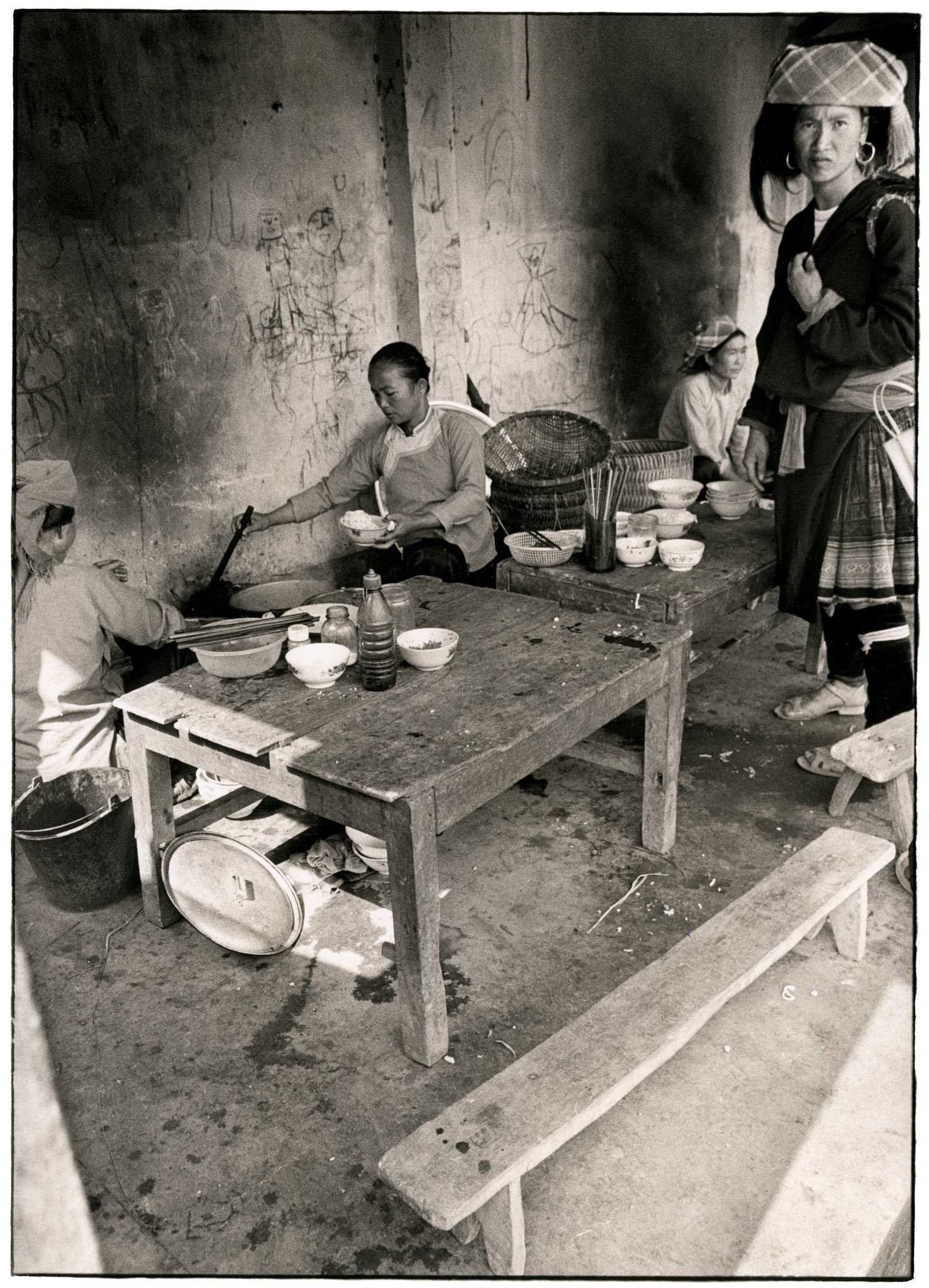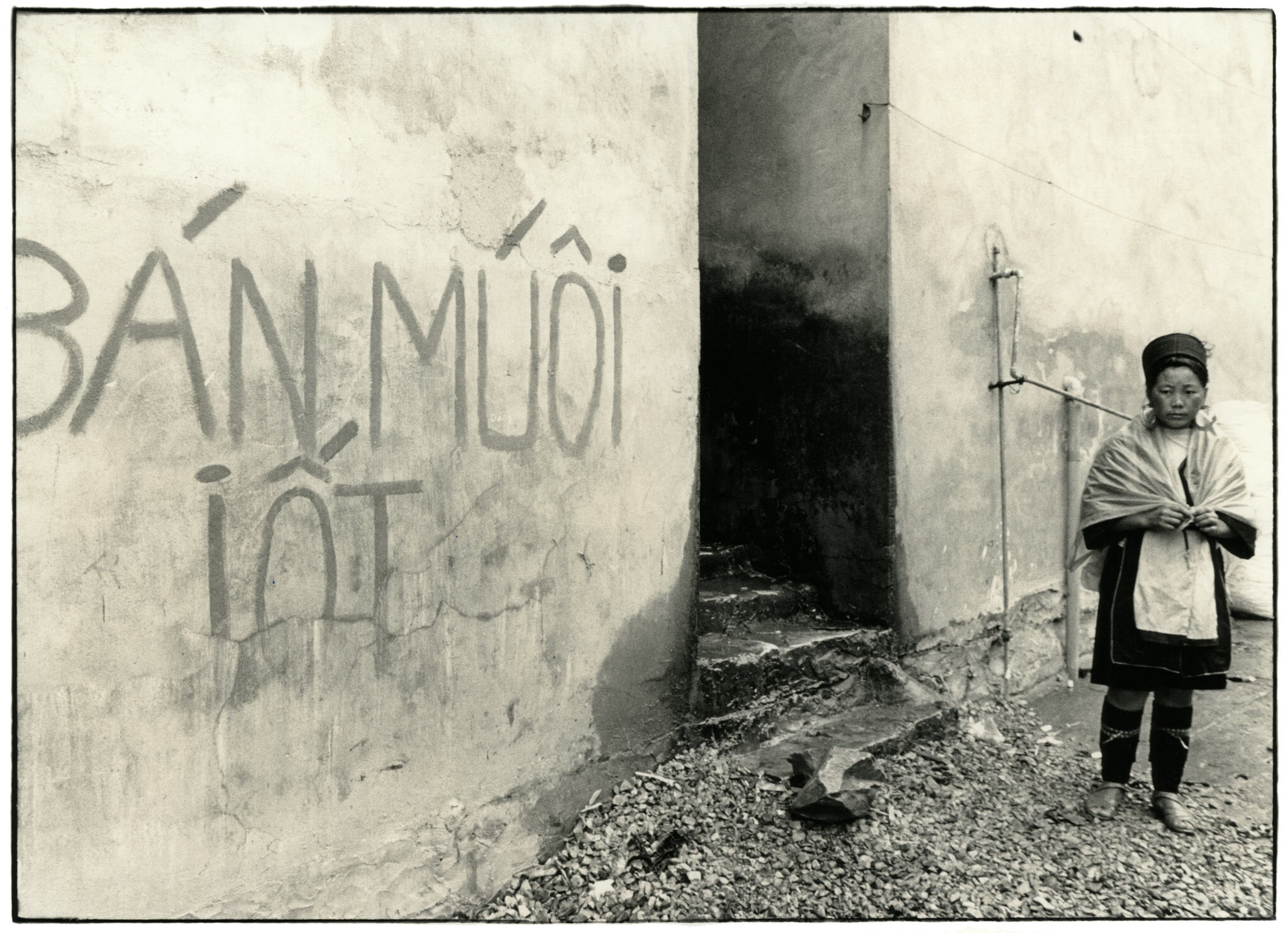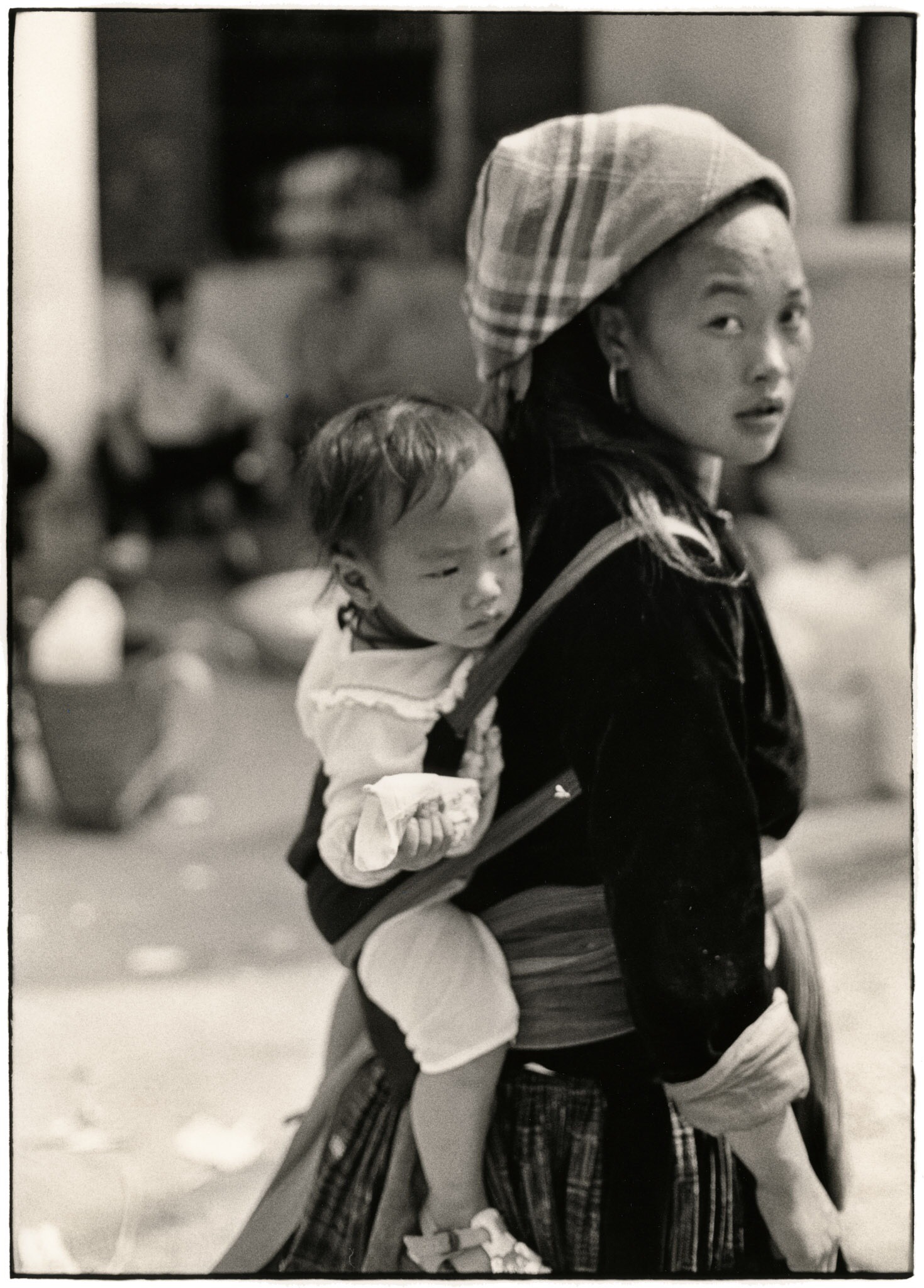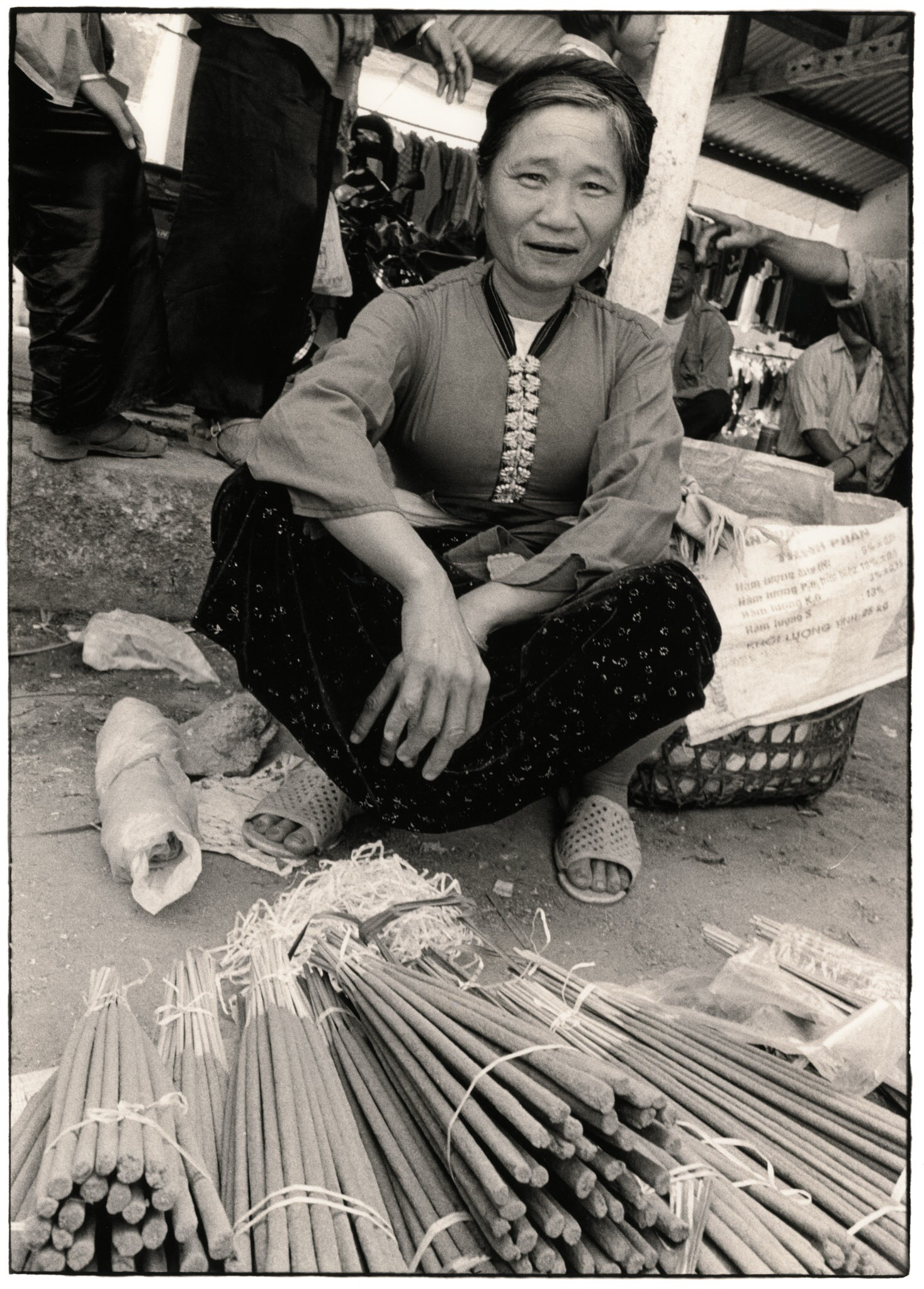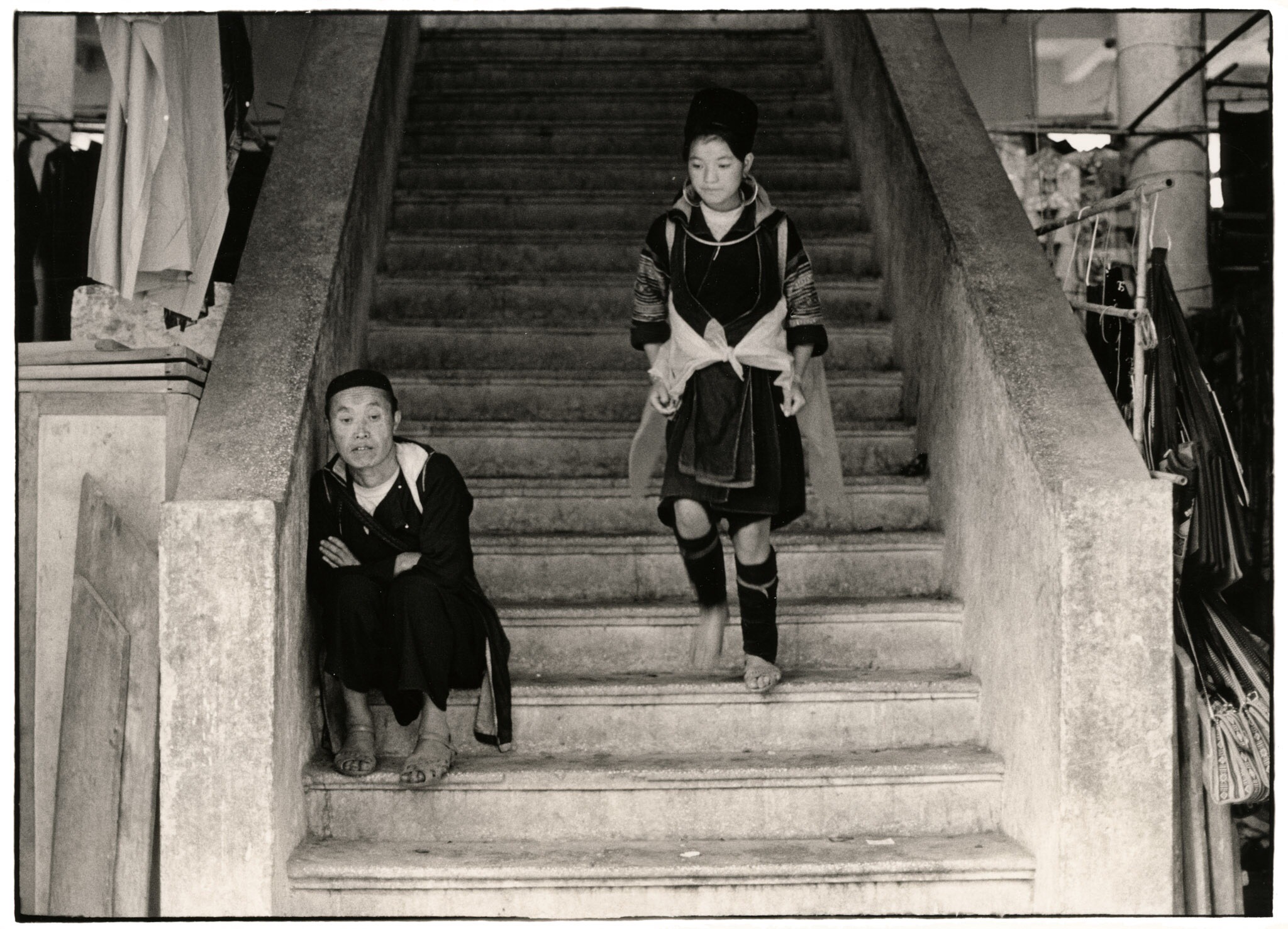minorities
vietnam | travelled in 2004 | posted on mar 10, 2017
"leave no traces except footprints" - lonely planet, australian travel guide
sapa is the main town of one of vietnam's most northern districts that also is called by the same name. this mountainous area close to the chinese border is home to some of vietnam's ethnic minorities, like the hmong, dao or tai. even today, these people are living their traditional lifestyles. well, kind of...
since the early 1990s, when sapa was connected to the tourist trail, this lifestyle has started to change. since then, a growing number of tourists (4.000 in 1993, about 140.000 in 2003 - 80% vietnamese, more than 300.000 in 2009) have been invading sapa every year, which of course is having a huge impact to the life of the local people.
even by vietnam's rural standards, these minority people are very poor. no surprise that with this many tourists, they try to find ways of making money from them. one way is selling ethnic clothes or handicrafts. and who could be better in selling than cute little girls with these unresistable dark eyes? almost every guide book, all local guides and even the local government stongly advice against buying anything from children because when these children easily can add to the family income, it discourages their parents from sending them to school.
so, many tourists had the idea of handing out sweets to local children instead. but as these tribes almost have no dental hygiene, the tourists have ruined these children's teeth. i recently read, that now it has become customary to give toothbrushes to the children.
some time ago, i met a friend who is also a photographer. his work very often focusses on asia. he, too, had been to sapa around the same time as me. now, many years later, he travelled there again, as he wanted to do a photo series about minority people in sapa. he told me how shocked he was, how much sapa has changed. it now has become sort of a zoo, fully dependent on tourists, where "money is the new drug of choice" (wikitravel.org).
maybe it would be better, if tourists were not allowed to go there, so that these people are let alone, living their traditional life. but on the other side, today, in many less developed areas, people rely on the money that comes from tourists as there are not many other ways of earning one's living. so, no tourists, no income at all.
well, i travelled to sapa. would i go again? tough question - and there is no clear answer to it. as i love to travel, i also love to see how different lifestyles and cultures can be. but i think it is important not only to leave just footsteps, but to be aware what kind of footsteps one leaves. travelling done right can be rewarding in many ways for both, the traveller and local people.
don't get me wrong, i do mistakes, too. travelling is an ongoing state of learning. one is constantly confronted with new situations, some quite challenging. but instead of only thinking about one's own advantage, the traveller should think how his actions could affect local people and also other travellers. negotiating with an indonesian fruit vendor to make him reduce the price for some apples from 3.000 rupies (about 0,20$) to 2.000 rupies - as i watched some backpackers doing so a couple of days ago - is simply embarassing. but throwing your money around, paying the taxi driver five times the regular price without caring because he seems to be nice (of course he is nice to you when he makes such a huge profit) or giving a tip at the supermarket is more a slap in the face than a sign of appreciation. by doing so, you not only play the role of the rich tourist who does not need to care about money, this also spoils prices - first for other travellers but in the long run also for the locals who then can't afford things anymore.
i try to spend my money in a responsible way, and one strict rule is, never ever buy something from children or give something to begging children. but then you end up in a cambodian night market. while sitting there and eating some street food, you are approached by a group of abandoned street kids begging for money...
i will never forget to see them fighting over our leftovers when we walked away...
if you are interested to read more about the impact of tourism in sapa - and see some more great photos: sapa, vietnam: an example of how sometimes tourism is bad

